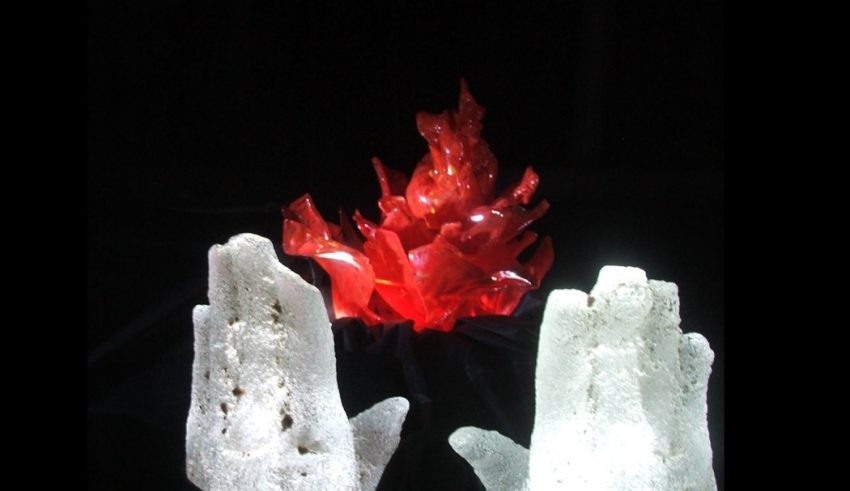
It is important to note that the remnant serves a particularly important role in providing continuity if the program or organization has a long history (as was the case with the bank where I served as a consultant). However, this historian and guardian of values is rarely the source of new learning in a program or organization—especially if the program or organization was recently created (there isn’t much of a history to be recalled in a young system). We must usually look elsewhere in the program or organization for the new learning. Usually, it is to be found among those actively engaged in the new program or those who started the new organization. What must be learned and remembered about what recently has worked or not worked in the program or organization.
The Sustainability Curve is likely to yield the most important lessons—especially if those involved in the program or organization wish to initiate something similar in the near future. What then are the conditions under which one can sustain a new program or organization through the period of disillusionment and disruption? When do we add new logs to the fire? First, people who will be involved in this effort must recognize that the Sustainability Curve is likely to be present. They should not immediately judge the worth of a new venture—but wait instead until there has been ample time for the system to adjust to this venture.
Second, people who are immediately involved in the effort should be sufficiently committed to this effort to give it a good try. If the new program or organization has been started without adequate consultation with those who must enact it, then the Sustainability Curve is likely to dip quite deep and be debilitating. There will be no Hawthorne Effect to provide an initial boost in morale and productivity. There is no fire log to get things started. There won’t be much motivation to continue with the new program or organization, once the deep disruption sets in. There is no second fire log to reactivate the initial energy and commitment.
Third, the person or organization must be sufficiently “healthy” to live through the disruption. Ironically, new programs and organizational startups often are most successful when they are not really needed. Successful initiatives often follow other successful initiatives. Success does breed success. Conversely, something new is usually not a successful escape from failure. Under conditions of crisis, a person or organization often is unable to live through the Sustainability Curve, hence will return to the status quo or initiate yet another program or organization—hoping that it will be immediately successful. Since the latter hope is rarely realized and the return to a former crisis state is rarely gratifying, the stress on a person or organization is usually intensified by any new initiative.
I found in my own consulting (and perhaps, painfully, in my own career), that there are Serial Initiators. They go from one project to the next and rarely see any one of their projects to a successful end—often blaming other people or societal factors for the failure. While it is important to not hang around too long, it is also important not to give up too soon. “Chumming the water” can be a valuable strategy—with several different projects being initiated to see which one clicks. It is essential, however, that this “chumming” be complemented by a clear plan for the realistic, systemic and ongoing assessment of each project, so that it (and those people who are involved in its implementation) are given a fair chance to succeed. Serial initiators often leave behind many casualties of their cavalier attitude regarding quick program and organizational startups and quick departures.








